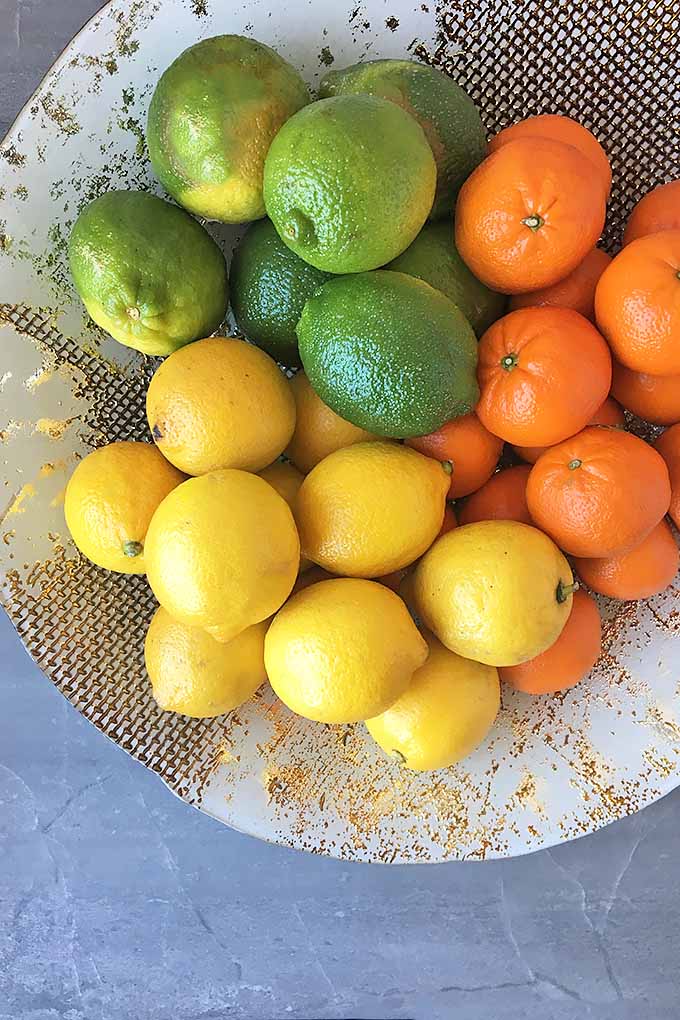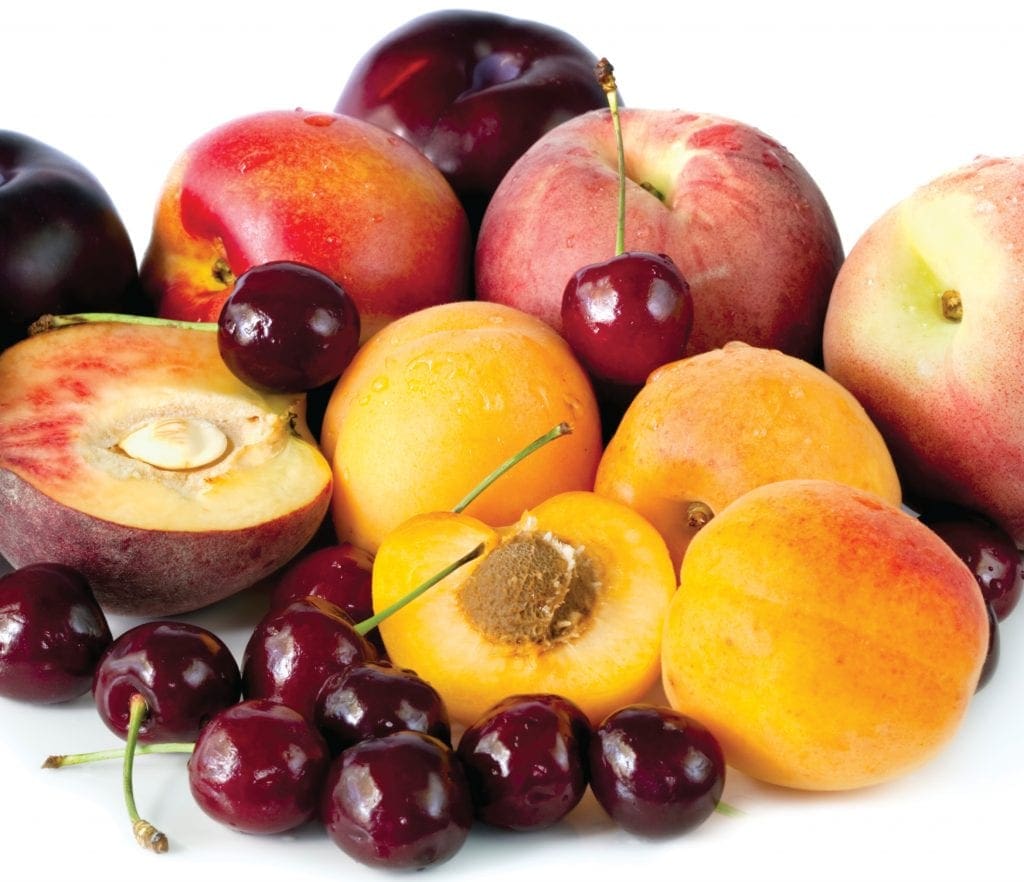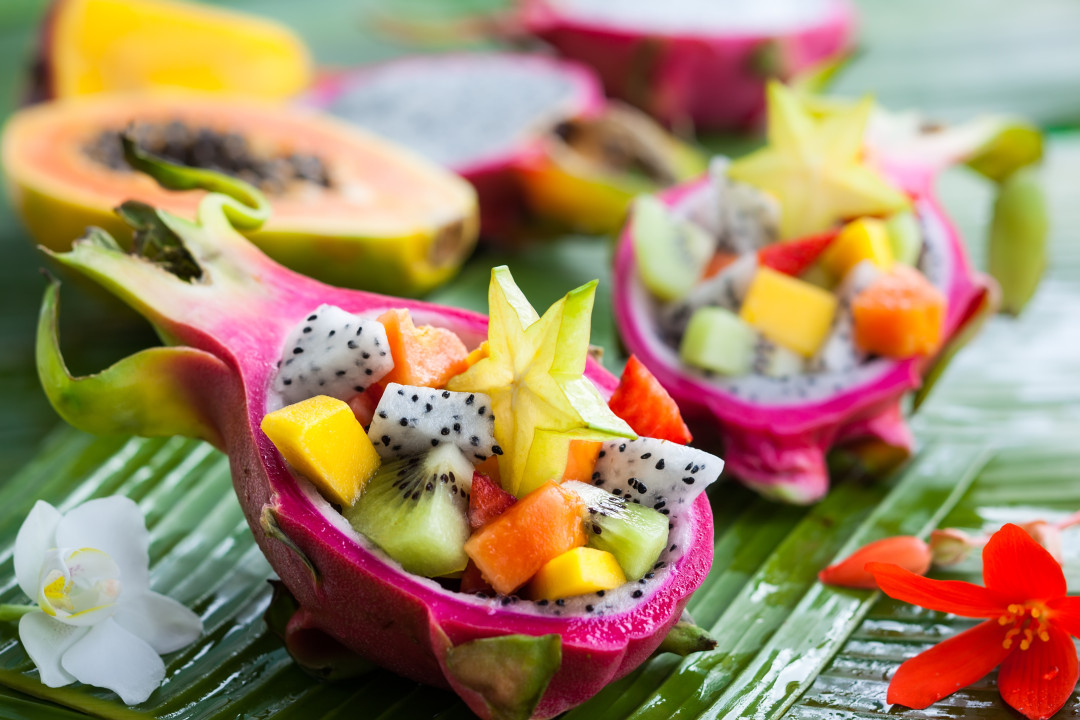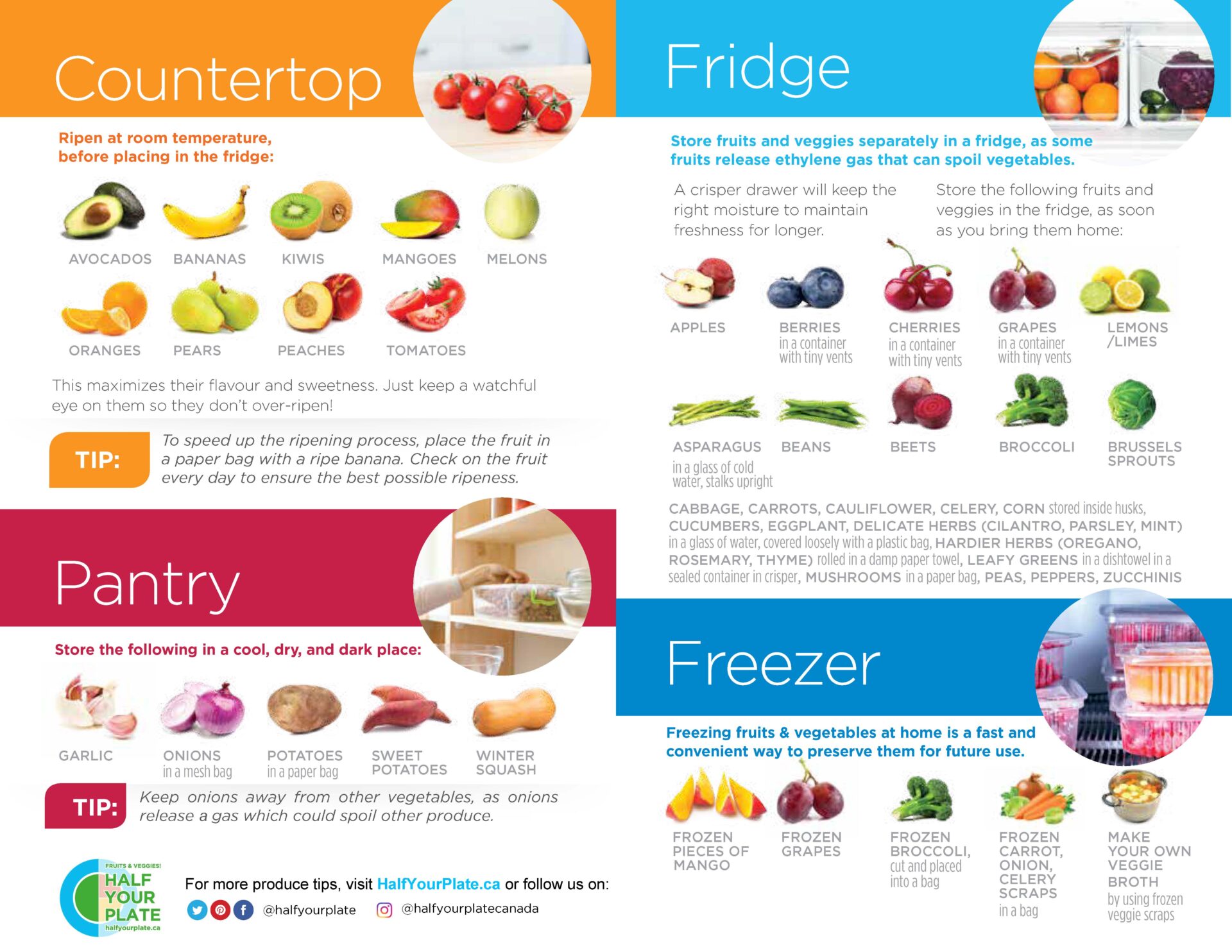Unveiling the Rich Variety of Nature’s Delights: The Importance of Exploring a List of Fruits
Fruits are nature’s colorful and delicious gifts, packed with essential nutrients, vitamins, and minerals that contribute to overall well-being. Consuming a diverse list of fruits ensures a balanced intake of vital nutrients, supporting a healthy lifestyle. This comprehensive guide delves into various fruit categories, providing detailed information about their characteristics, nutritional values, and uses. The purpose of this guide is to inspire curiosity and encourage readers to explore the vast array of fruit options available to them.
Delving into Tropical Treasures: A Closer Look at Mangoes, Pineapples, and Papayas
Tropical fruits are renowned for their exotic flavors and vibrant colors, making them a delightful addition to any meal. Mangoes, pineapples, and papayas are three popular tropical fruits with unique characteristics, nutritional values, and uses. These fruits are typically available during the summer months and can be incorporated into various dishes to enhance taste and nutrition.
Mangoes: The King of Fruits
Mangoes are juicy, sweet, and slightly tart, with over 1,000 varieties grown worldwide. Rich in vitamins A, C, and antioxidants, mangoes support immune function, eye health, and skin integrity. To select the perfect mango, look for fruits that yield slightly to gentle pressure, have a fruity aroma, and are free from bruises or blemishes. Enjoy mangoes by themselves, in smoothies, or as a topping for salads and desserts.
Pineapples: A Tropical Sensation
Pineapples are a composite fruit, consisting of multiple small fruits fused together. They are an excellent source of vitamin C, manganese, and dietary fiber, contributing to collagen synthesis, antioxidant defense, and digestive health. Choose pineapples that feel heavy for their size, have green leaves, and exhibit a golden-yellow hue. Pineapples can be consumed raw, grilled, or added to savory and sweet dishes for a burst of tropical flavor.
Papayas: The Fruit of the Angels
Papayas are pear-shaped fruits with a buttery, sweet flesh and numerous small, black seeds. They are packed with vitamins A, C, and potassium, supporting immune function, eye health, and heart health. Select papayas that are partially yellow or have a slight give when gently squeezed. Consume papayas raw, in salads, or as a garnish for tropical-inspired dishes. The seeds can also be consumed, offering a peppery flavor and potential health benefits.
Discovering Berry Delights: The Health Benefits of Strawberries, Blueberries, and Raspberries
Berries are small, vibrant fruits that pack a powerful nutritional punch. Rich in vitamins, minerals, and antioxidants, berries offer numerous health advantages. This section explores the nutritional profiles and benefits of three popular berries: strawberries, blueberries, and raspberries. Including these berries in one’s daily diet can be both enjoyable and beneficial to overall health.
Strawberries: The Scarlet Jewels of the Garden
Strawberries are bright red, juicy fruits with a sweet, slightly tart flavor. They are an excellent source of vitamin C, manganese, and dietary fiber, contributing to immune function, antioxidant defense, and digestive health. Strawberries can be consumed raw, added to smoothies, or used as a topping for various desserts. They are also versatile in savory dishes, such as salads and sauces.
Blueberries: The Star-Shaped Superfruit
Blueberries are small, round fruits with a deep blue hue and a sweet, slightly tangy taste. They are renowned for their high antioxidant content, which supports brain health, cardiovascular function, and cancer prevention. Enjoy blueberries in yogurt parfaits, muffins, or as a standalone snack. They also make a colorful and nutritious addition to salads and beverages.
Raspberries: The Ruby Gems of Nature
Raspberries are soft, red fruits with a delicate texture and a sweet-tart flavor. They are rich in vitamin C, manganese, and dietary fiber, promoting immune function, antioxidant defense, and digestive health. Raspberries can be incorporated into various dishes, such as oatmeal, fruit salads, or as a garnish for cocktails and mocktails. They also pair well with dark chocolate, creating a decadent and healthful dessert option.
How to Incorporate Citrus Fruits into Your Daily Diet: Oranges, Grapefruits, and Lemons
Citrus fruits are bright, tangy fruits that offer numerous health benefits and versatile uses in various dishes. Oranges, grapefruits, and lemons are three popular citrus fruits, each with unique flavors and nutritional profiles. This section discusses the advantages of incorporating citrus fruits into one’s diet and provides suggestions for consuming them in juices, salads, desserts, and more.
Oranges: The Sunshine Fruit
Oranges are well-known for their juicy, sweet flesh and refreshing taste. They are an excellent source of vitamin C, fiber, and potassium, supporting immune function, digestive health, and heart health. Oranges can be consumed whole, juiced, or segmented and added to salads, yogurt, or baked goods. They also make a delightful and nutritious snack option.
Grapefruits: The Zesty Superfruit
Grapefruits have a tangy, slightly bitter taste and a juicy, segmented interior. They are rich in vitamins C and A, fiber, and antioxidants, contributing to immune function, eye health, and antioxidant defense. Grapefruits can be enjoyed on their own, in juices, or as a topping for salads and breakfast dishes. However, be aware of potential interactions with certain medications, as grapefruits can affect drug metabolism.
Lemons: The Versatile Citrus
Lemons are small, sour fruits with a bright yellow rind and a juicy interior. They are a fantastic source of vitamin C, fiber, and antioxidants, supporting immune function, digestive health, and antioxidant defense. Lemons can be used in various culinary applications, such as salad dressings, marinades, or beverages. They are also popular for their refreshing and invigorating scent, often used in aromatherapy and household cleaning products.
Stone Fruits: Nutritional Powerhouses of Summer – Peaches, Plums, and Nectarines
Stone fruits, also known as drupes, are a delightful addition to any summer diet. Peaches, plums, and nectarines are three popular stone fruits, each with unique flavors, textures, and nutritional profiles. This section discusses the advantages of incorporating stone fruits into one’s diet and provides tips on selecting, storing, and preparing these fruits for optimal enjoyment.
Peaches: The Fuzzy, Juicy Summer Treat
Peaches are soft, juicy fruits with a velvety skin and a sweet, slightly tart taste. They are rich in vitamins A and C, fiber, and antioxidants, contributing to eye health, immune function, and antioxidant defense. Peaches can be consumed raw, grilled, or baked, making them a versatile and healthful option for various dishes. Choose peaches with a fragrant aroma and a slight give when gently squeezed for optimal ripeness.
Plums: The Jewels of Summer
Plums are small, round fruits with a smooth skin and a juicy, sweet flesh. They come in various colors, including red, purple, and yellow, and are an excellent source of vitamins C and K, fiber, and antioxidants. Plums can be enjoyed fresh, dried (as prunes), or cooked, adding a burst of flavor and nutrition to various dishes. Look for plums with a rich color and slight give when gently pressed for optimal ripeness.
Nectarines: The Smooth-Skinned Cousin of Peaches
Nectarines are similar to peaches but have a smooth, glossy skin instead of a fuzzy exterior. They have a sweet, slightly tart taste and are rich in vitamins A and C, fiber, and antioxidants. Nectarines can be consumed raw, grilled, or added to salads, offering a refreshing and healthful option for summer meals. Select nectarines with a fragrant aroma and a slight give when gently squeezed for optimal ripeness.
Exploring Exotic Fruits: A Guide to Less Common Choices – Kiwi, Pomegranate, and Passion Fruit
While many people are familiar with common fruits like apples, bananas, and oranges, there exists a world of exotic fruits that offer unique flavors, textures, and health benefits. This section introduces readers to three less common fruits: kiwi, pomegranate, and passion fruit. Providing serving suggestions and ideas for incorporating these exotic fruits into everyday meals encourages readers to expand their fruit horizons.
Kiwi: The Tiny, Tart Treasure
Kiwi, also known as Chinese gooseberry, is a small, furry fruit with a bright green flesh and tiny black seeds. It has a sweet yet tangy taste and is rich in vitamin C, fiber, and antioxidants, contributing to immune function, digestive health, and antioxidant defense. Kiwis can be consumed raw, added to smoothies, or used as a topping for various desserts. To prepare a kiwi, simply cut it in half and scoop out the flesh with a spoon.
Pomegranate: The Ruby Red Superfruit
Pomegranate is a large, round fruit with a thick, red skin and juicy, ruby-red seeds called arils. It has a sweet-tart taste and is packed with vitamins C and K, fiber, and antioxidants, supporting immune function, heart health, and antioxidant defense. Pomegranates can be enjoyed by extracting the arils and sprinkling them on salads, yogurt, or oatmeal. Alternatively, pomegranate juice can be used in beverages, marinades, or sauces.
Passion Fruit: The Tropical Treat
Passion fruit is a small, round fruit with a tough, wrinkled skin and a juicy, seedy interior. It has a sweet-tart taste and is an excellent source of vitamin C, fiber, and antioxidants, contributing to immune function, digestive health, and antioxidant defense. Passion fruit can be consumed raw, added to smoothies, or used as a topping for various desserts. To prepare passion fruit, simply cut it in half and scoop out the flesh with a spoon.
Selecting, Storing, and Preparing Fruits for Optimal Nutrition and Taste
Fruits are nature’s candy, offering a wide array of flavors, textures, and health benefits. To maximize the nutritional value and taste of fruits, it is essential to select, store, and prepare them correctly. This guide provides practical advice on these topics, ensuring readers can enjoy fruits at their best.
Selecting Fruits for Maximum Flavor and Nutrition
When choosing fruits, look for ones that are fresh, have vibrant colors, and are free from bruises or blemishes. Selecting fruits that are in season often ensures maximum flavor and affordability. If purchasing pre-cut fruits, ensure they are stored on ice or in a refrigerated display to maintain freshness. Additionally, consider purchasing organic fruits when possible, as they may have higher nutritional value and lower pesticide residues.
Storing Fruits for Optimal Shelf Life and Quality
Proper storage is crucial for maintaining fruit quality and preventing spoilage. Some fruits, like bananas, apples, and avocados, release ethylene gas, which can cause other fruits to ripen and spoil more quickly. Store these fruits separately from ethylene-sensitive fruits, such as berries and grapes. Keep fruits refrigerated or at room temperature, depending on their specific storage requirements. Regularly check fruits for signs of spoilage and discard any that are moldy or overripe to prevent contamination.
Preparing Fruits for Optimal Taste and Texture
Preparing fruits correctly can significantly enhance their taste, texture, and visual appeal. Wash fruits thoroughly under running water before consuming or cutting to remove any dirt, bacteria, or residual pesticides. When cutting fruits, use a clean, sharp knife to make clean cuts and minimize damage to the fruit’s cells. For some fruits, like mangoes and kiwis, peeling the skin can improve their taste and texture. When preparing fruits for salads, desserts, or beverages, consider cutting them into uniform pieces to ensure even cooking and an aesthetically pleasing presentation.
Innovative and Creative Ways to Enjoy Fruits
Incorporating fruits into various dishes can add flavor, nutrition, and visual appeal. Fruits can be used in smoothies, salads, desserts, or beverages, providing endless possibilities for creativity. For example, grilling fruits like peaches and pineapples can caramelize their natural sugars, enhancing their sweetness and creating a unique texture. Freezing fruits like grapes and bananas can create refreshing, healthful snacks, while dehydrating fruits can create portable, long-lasting options for on-the-go consumption.
Maximizing the Benefits of a Fruit-Rich Diet: Tips for Incorporating a Diverse List of Fruits into Your Meals
Fruits are nature’s candy, offering a wide array of flavors, textures, and health benefits. To fully enjoy the advantages of a fruit-rich diet, it is essential to incorporate a diverse list of fruits into daily meals, snacks, and beverages. This guide provides practical tips and ideas for maximizing the benefits of a fruit-rich diet, encouraging readers to explore the world of fruits.
The Power of a Diverse Fruit Diet
Eating a variety of fruits ensures an intake of various essential nutrients, vitamins, and minerals. A diverse fruit diet can support overall health, boost the immune system, and aid in disease prevention. Incorporating less common fruits, such as kiwi, pomegranate, and passion fruit, can provide unique health benefits and add excitement to one’s fruit repertoire.
Creative Ways to Incorporate Fruits into Meals
Adding fruits to meals can be both enjoyable and nutritious. Consider blending frozen fruits into smoothies, topping salads with fresh berries, or adding diced fruits to oatmeal or yogurt. Fruits can also be used in savory dishes, such as mango salsa or pineapple chicken, providing a burst of flavor and nutrition. Experiment with various fruits and recipes to find combinations that suit your taste preferences.
Maximizing Nutritional Value and Taste
Proper selection, storage, and preparation are crucial for maximizing the nutritional value and taste of fruits. Select fruits that are fresh, have vibrant colors, and are free from bruises or blemishes. Store fruits correctly, keeping ethylene-producing fruits separate from ethylene-sensitive ones. Prepare fruits by washing, cutting, and peeling them as needed, ensuring even cooking and an aesthetically pleasing presentation.
Embracing the Fruit World
Exploring the world of fruits can be an exciting journey, opening the door to new flavors, textures, and health benefits. By incorporating a diverse list of fruits into daily meals, snacks, and beverages, readers can enjoy the many advantages of a fruit-rich diet. So, visit your local farmers market, try a new fruit today, and embark on a delicious and nutritious adventure.







